The early years
Emhart Glass began with a dream shared by three US entrepreneurs, Karl E. Peiler, William H. Honiss and William A. Lorenz, who aimed to find new ways of making and using glass containers. Later, four more businessmen joined them to form the Hartford-Fairmont Company. Hartford-Fairmont developed the innovative technique of feeding molten glass into moulds in gobs, rather than by suction. Ultimately, their work led to the automation of the glass container industry.
1902
The story begins with an idea shared by US entrepreneurs Karl E. Peiler, William Honiss and William A. Lorenz: to find new ways of making and using glass containers
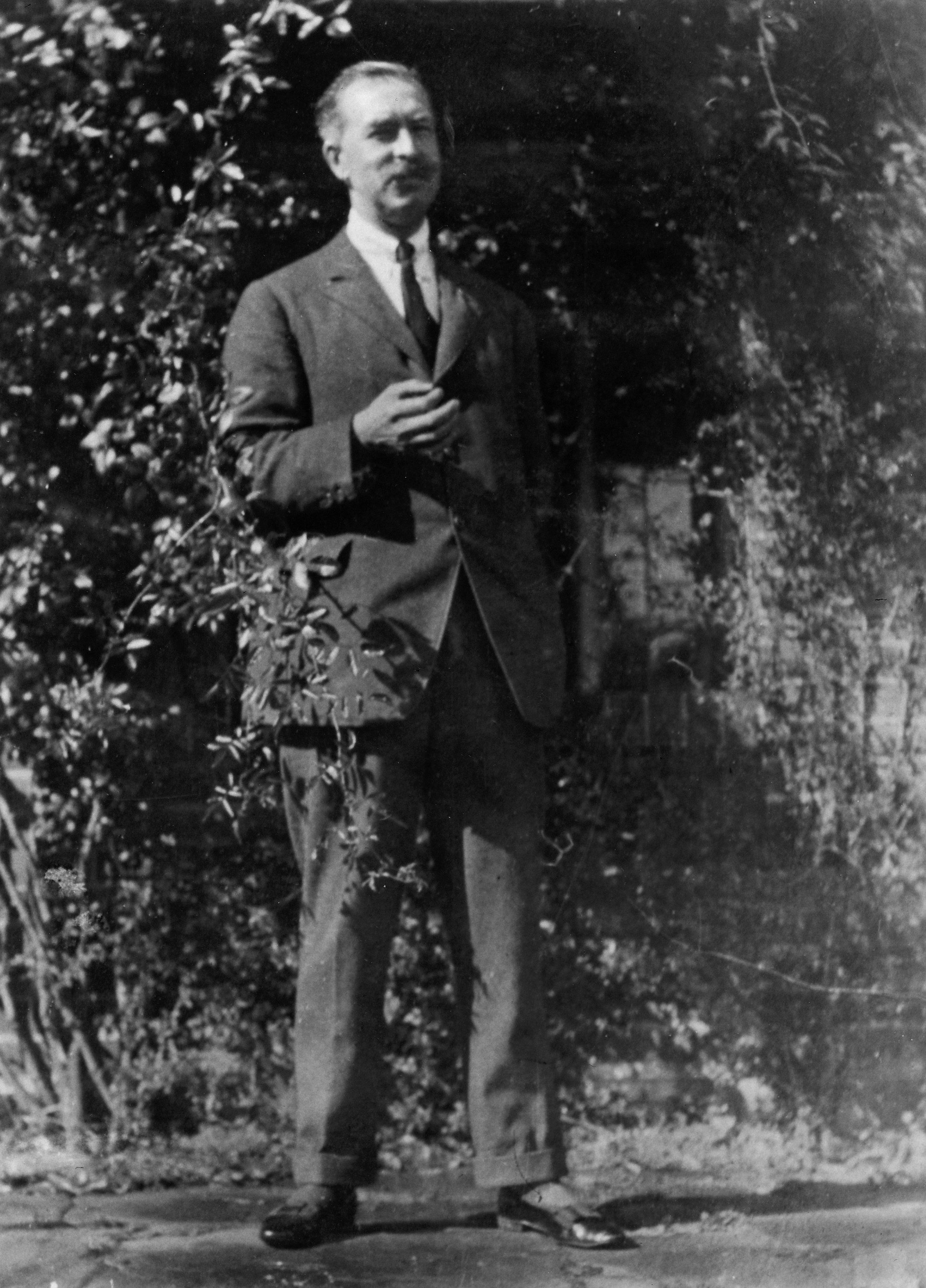
1912
Four more businessmen join to form the Hartford-Fairmont Company, which develops the first glass gob shearing and feeding device, the forerunner of modern glass container machines.
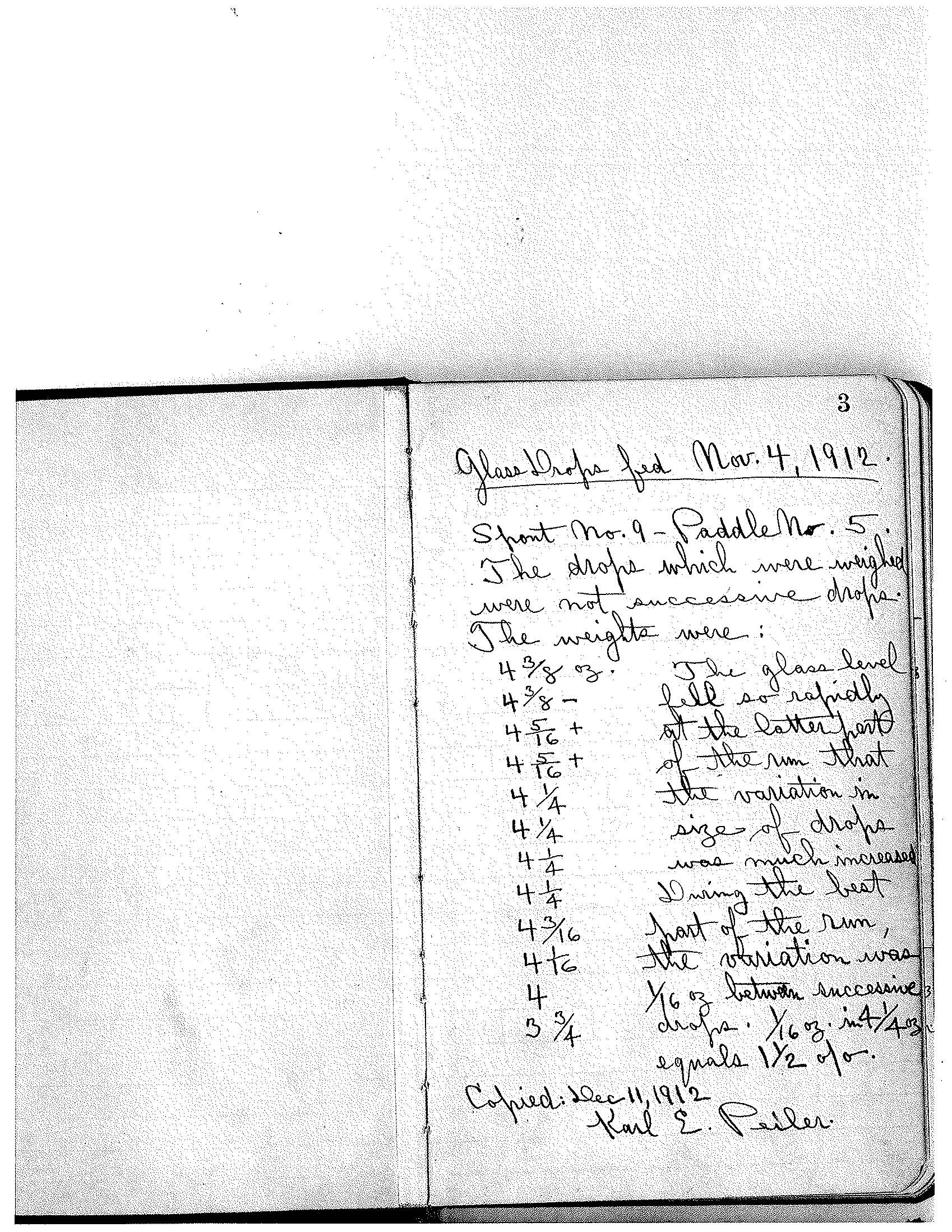
1913
Hartford-Fairmont introduces the first plunger feeder, laying the foundations for the automation of the glass industry.
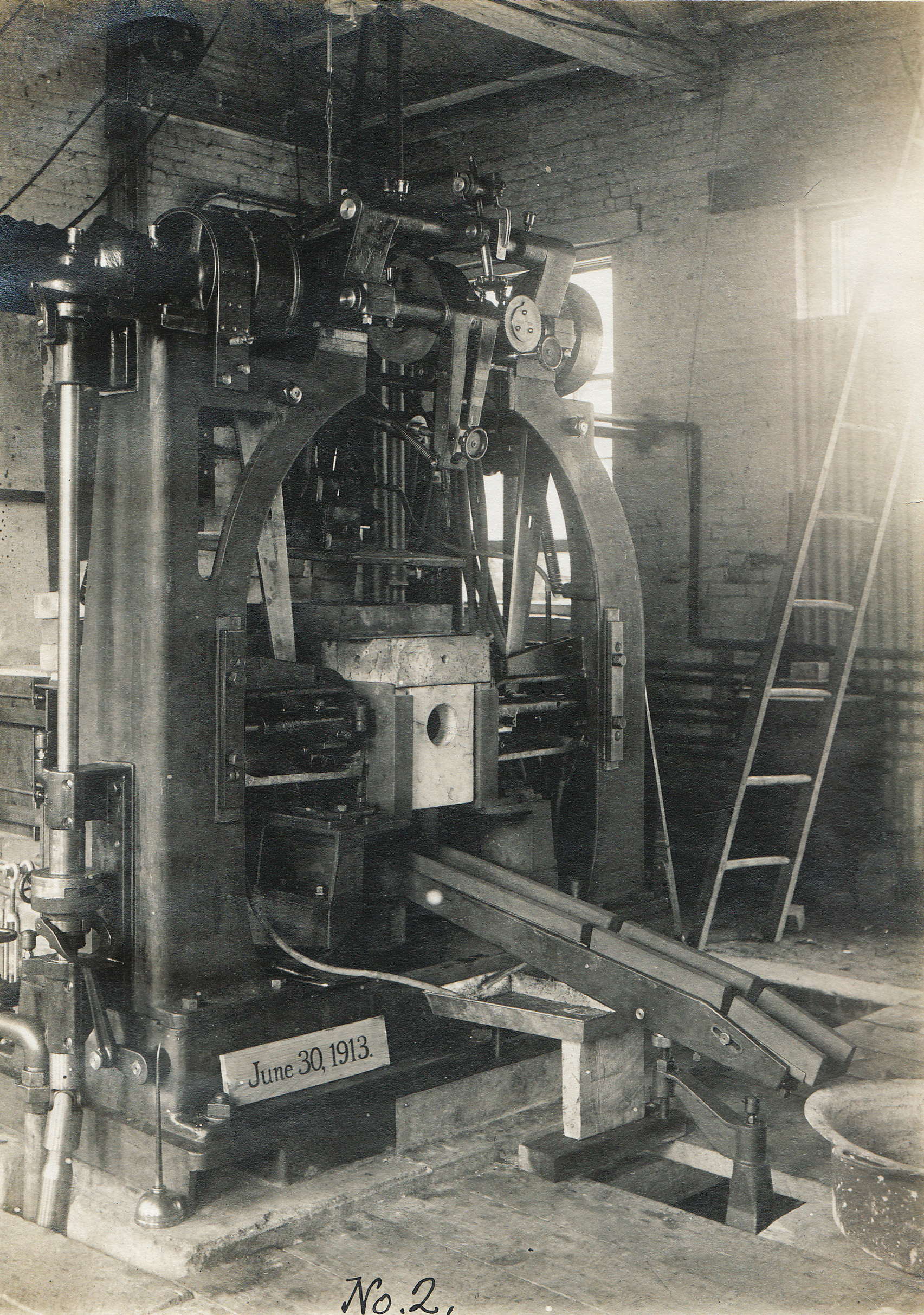
The Birth of IS
Hartford-Fairmont joined with the Empire Machine Company of Elmira, NY, USA, to form Hartford-Empire. Glass-making pioneer Henry W. Ingle joined the company and created the first individual section (IS) machine. IS represented a new standard in automation, and established the core of Emhart Glass’ product range right up until the present day. When the first four IS machines went into operation at the Carr-Lowery Glass Company in Baltimore, the era of automatic container manufacturing had begun.
1922
Hartford-Fairmont joins with the Empire Machine Company to form Hartford-Empire.
1924
Glass-making pioneer Henry W. Ingle creates the first individual section ('IS') machine, a new automation standard that still forms the core of our product range.
1925
The first four IS machines go into operation, heralding the dawn of automatic container manufacturing.
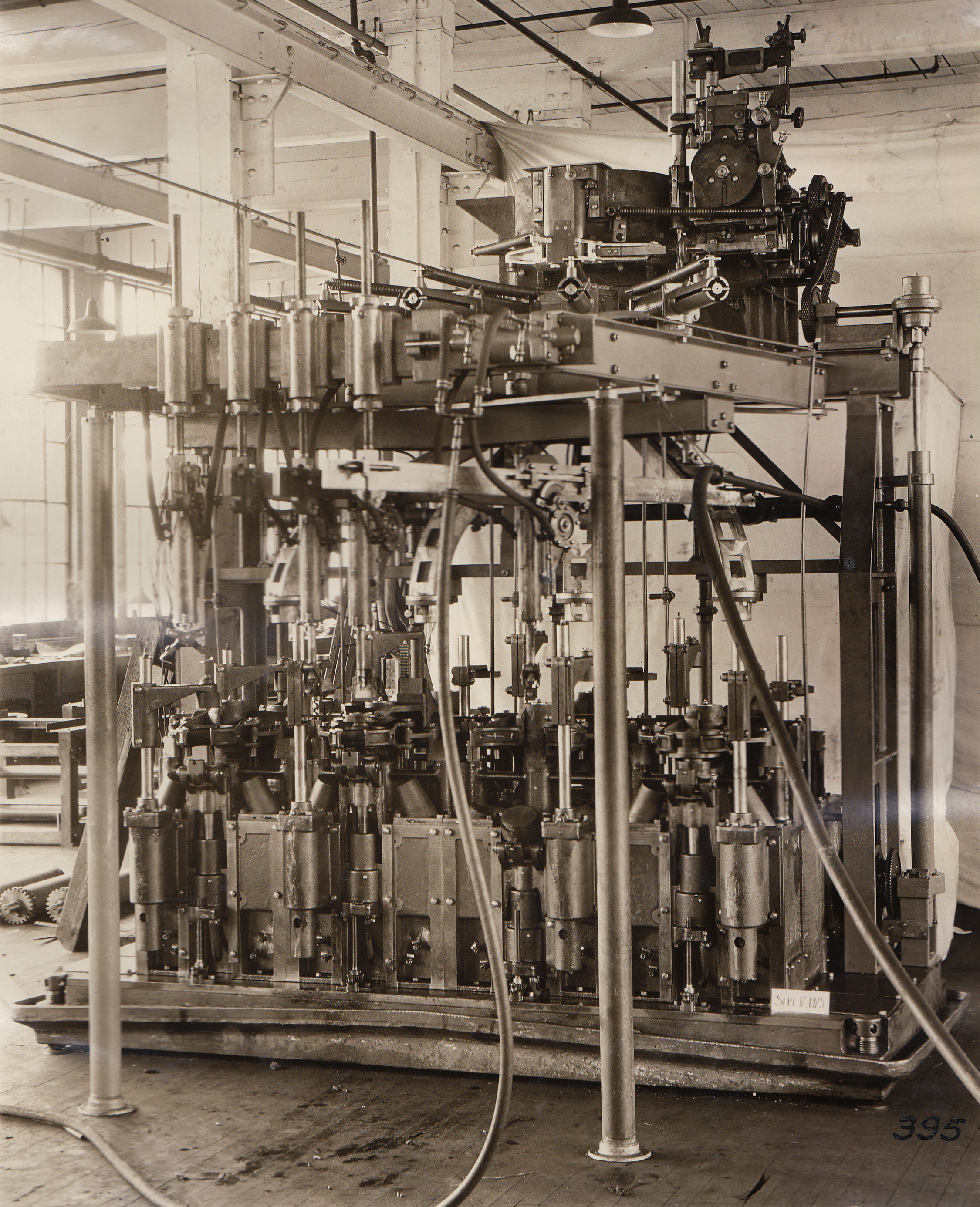
Riding the Waves
The 1930s were a decade of ups and downs. Hartford-Empire introduced the Hartford 28 paste-mold machine, which allowed glassmakers to manufacture seamless tumblers and tableware, and the end of Prohibition in the US resulted in a huge resurgence in demand for glass. Building on its success, Hartford-Empire diversified into plastic containers – but also found itself the subject of antitrust proceedings. Hartford-Empire introduced first double-gob IS machine. Post-war prosperity drove demand for glass packaging for food, drink, cosmetics and pharmaceuticals and heightened expectations of quality. Hartford-Empire responded with new methods for automatic inspection such as the HE -74 check inspector.
1932
Hartford-Empire introduces a continuously rotating paste-mold machine, allowing glassmakers to manufacture seamless tableware.
1940
The first double-gob equipment is introduced.

1945
The HE-74 check inspector is introduced, and inspection research is made a priority.
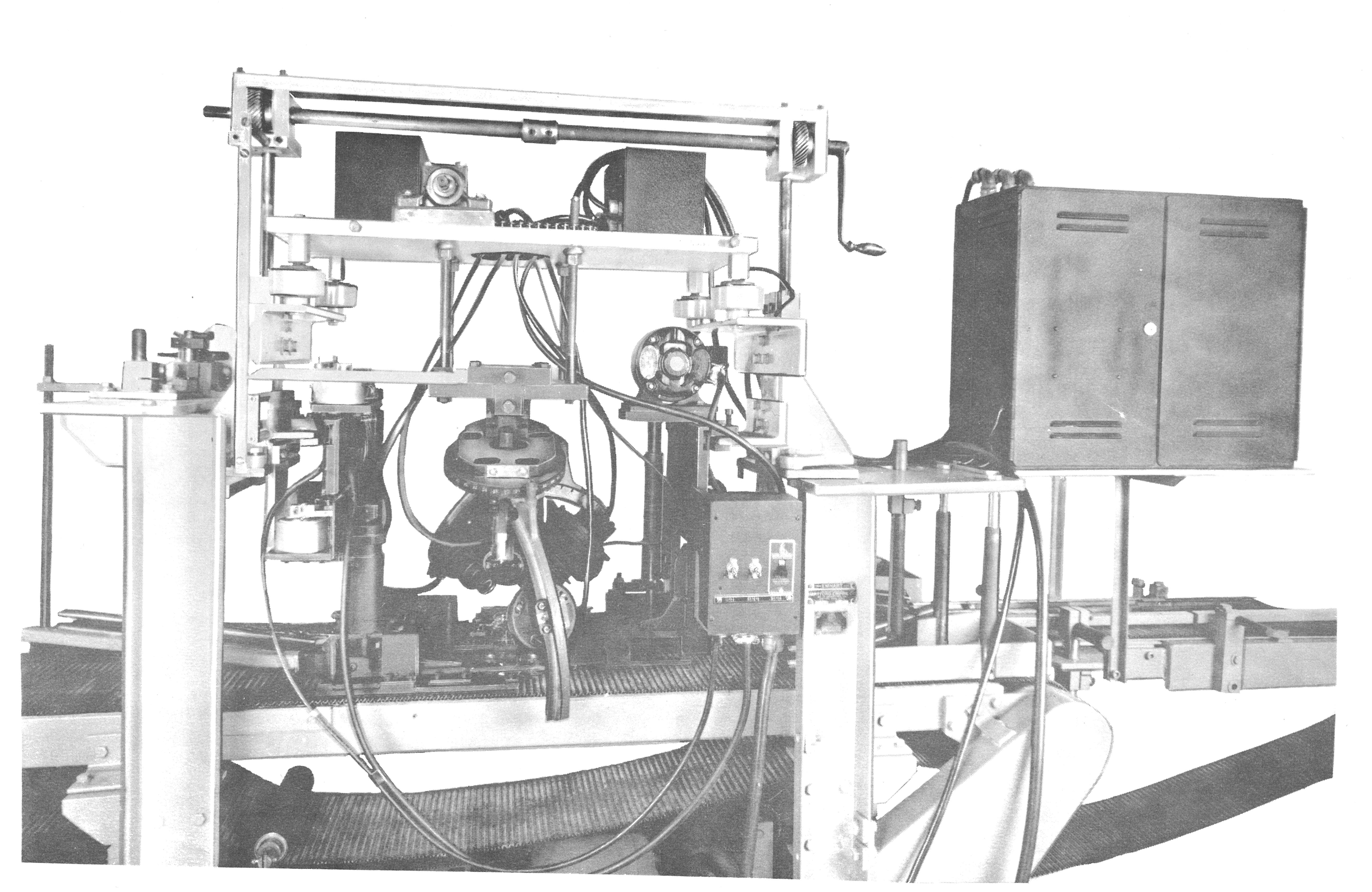
Across the Atlantic and Europe and beyond
The company took on a new name: 'Emhart Manufacturing Company'. Emhart made its first moves overseas by acquiring Aktiebolaget Sundsvalls Verkstader in Sweden and setting up an office in Zurich under the direction of future President Michel Cornaz. The first six-section IS machine was introduced to the market, along with the HE-127 automatic inspector. Emhart Corporation sold its shares in Plax, but grew dramatically through its merger with American Hardware and the acquisition of several other firms. The glass machinery division developed its multinational presence with new branches and expansions in Sweden, Germany, Italy, the UK, Japan and India, while continuing to introduce new products.
1951
A new name, 'Emhart Manufacturing Company', reflects an ambition to explore new directions.
1952
Emhart Glass makes its first move overseas by acquiring Aktiebolaget Sundsvall Verkstader in Sweden.
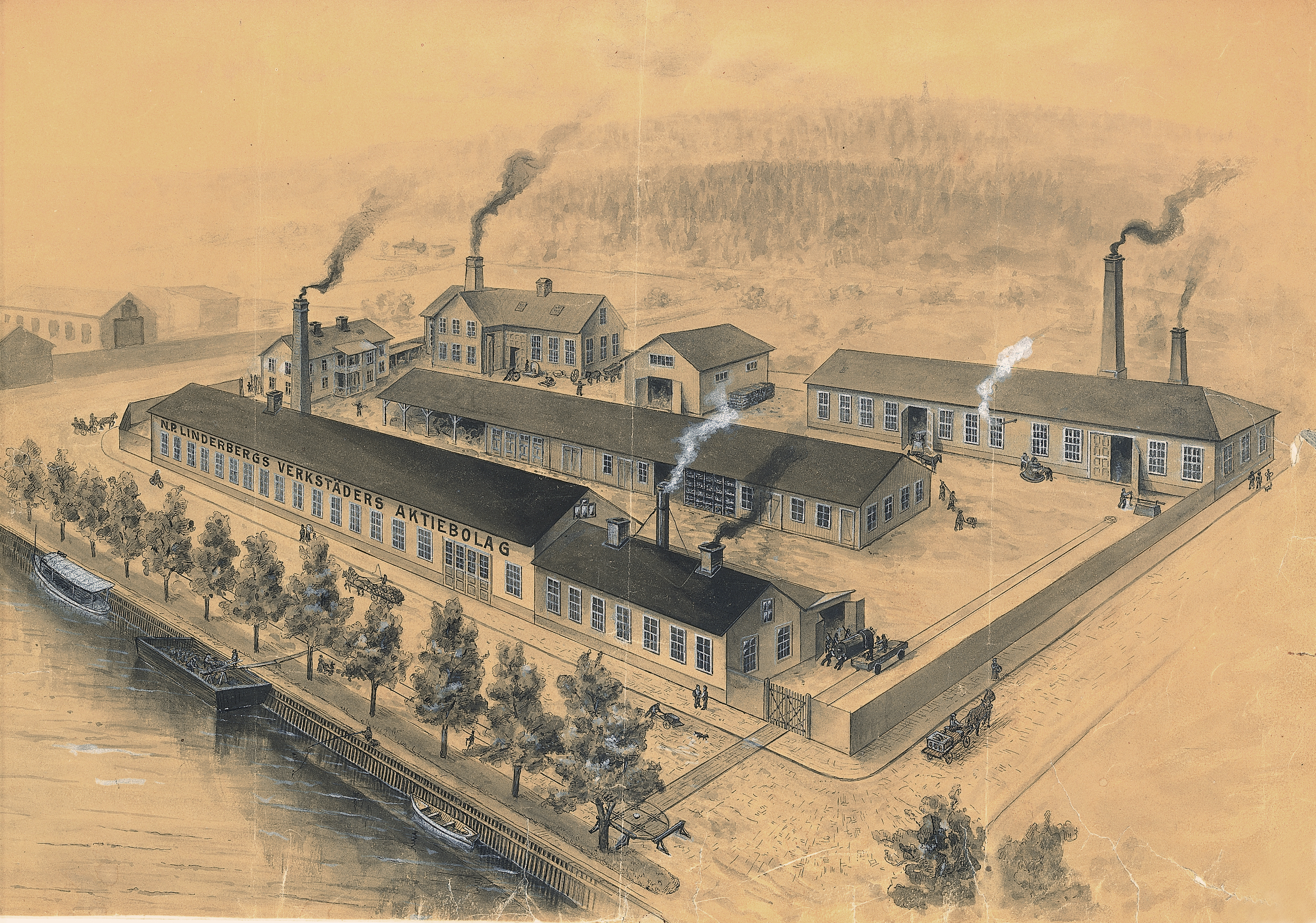
1954
The first six-section IS machine is introduced, along with the HE-127 automatic finish check inspector.
1968
The first triple-gob machine is introduced.
A growing business
The glass machinery division delivered a host of key innovations during the 1970s, including the first eight-section double-gob machine, the 516 control system and the Advanced IS (AIS) machine. A major milestone was reached with the shipping of the 1000th IS machine from Sundsvall. Meanwhile, Emhart Corporation grew dramatically, becoming a billion-dollar giant.
1970
The first eight-section double-gob machine hits the market, delivering a 30% improvement in productivity.
1972
A ten-section double-gob machine with modular sections is introduced.
1974
Emhart Glass ships its 1000th IS machine and launches its innovative 516 electronic control system.
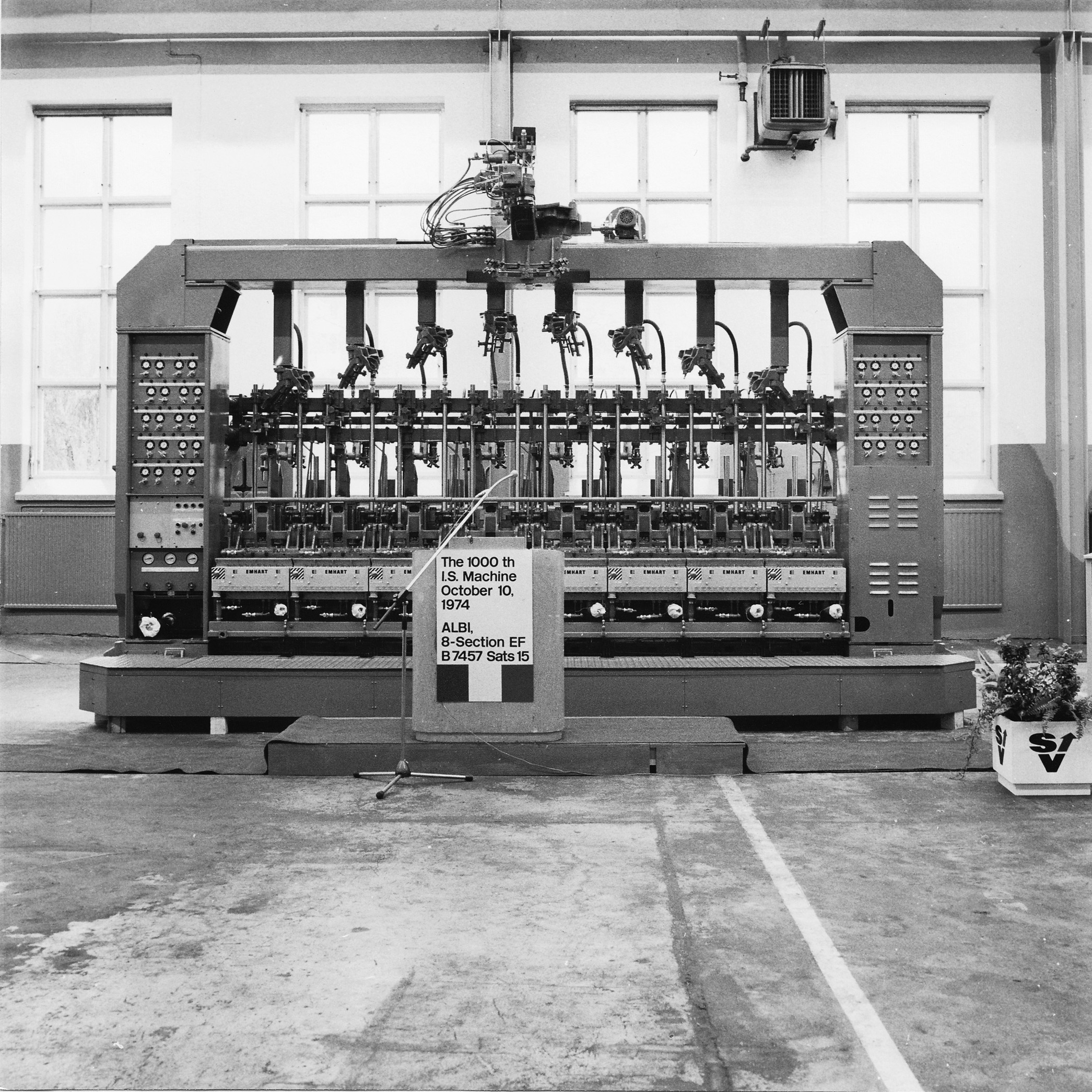
1977
The first Advanced IS machine AIS is installed.
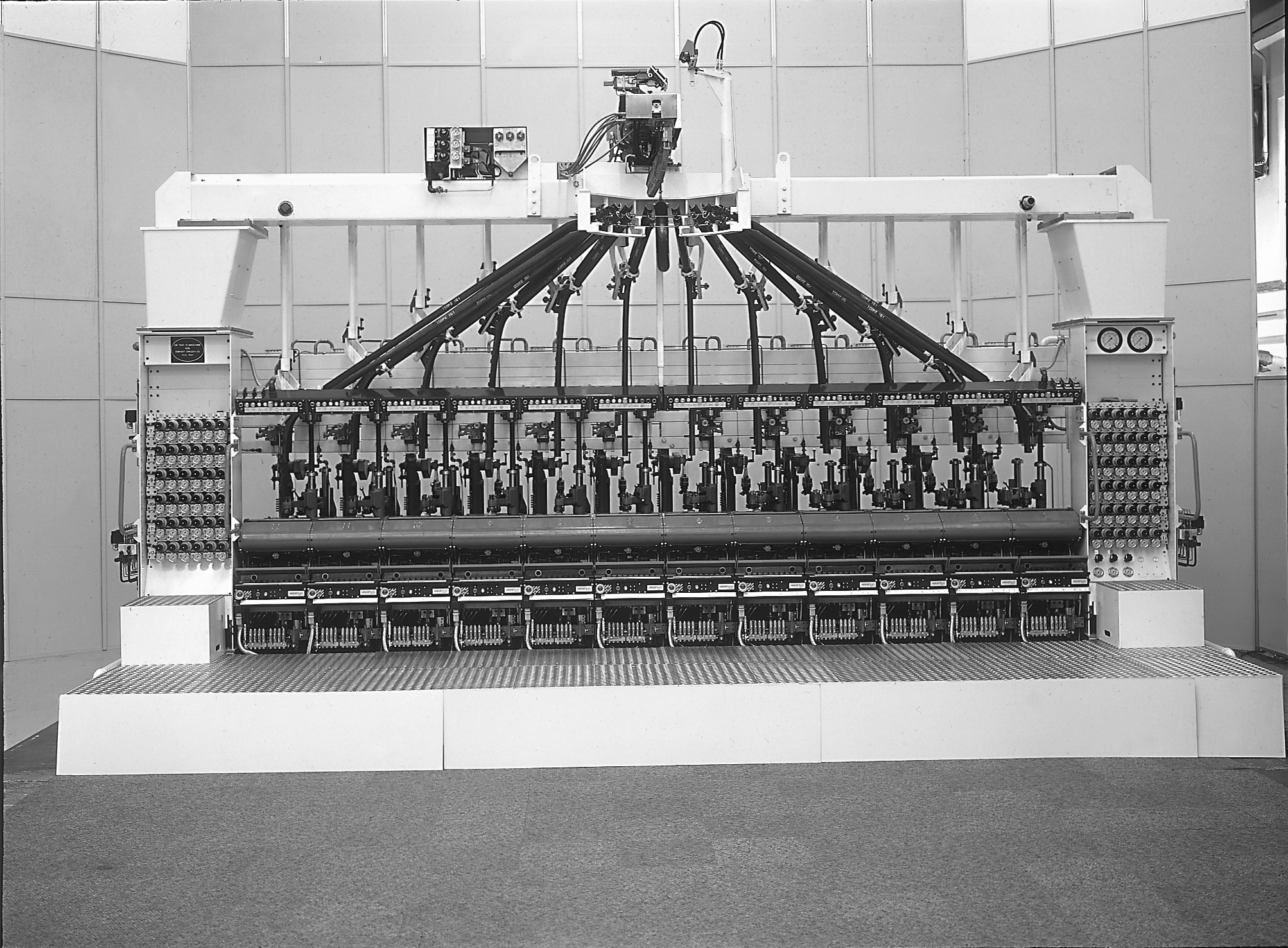
Turbulent times
Ray DeVita became President, and the Emhart family grew with the acquisition of inspection experts Powers and refractory specialists Laclede Christy. Manufacturing of IS machines was consolidated at Sundsvall, while US revenues took a hit due the growing popularity of PET bottles. Headquarters moved across the Atlantic to Zurich, and concerns over a hostile takeover were ended by Black & Decker's successful acquisition of Emhart Corporation.
1980
Emhart Glass' first Total Machine AIDA (Automatic Inspection Defect Analysis).
1982
Emhart glass acquires Powers Manufacturing Inc., based in Elmira, NY. Powers had established an international reputation for quality cold-end inspection equipment, and its facility was ideally suited for producing Emhart Glass' Total Inspection Machines TIM.
1985
The VertiFlow mold cooling system is introduced, almost doubling glass production speed and enhancing product quality and strength.
1986
Emhart Glass introduces its FlexLine system, allowing glass producers to make rapid changes to the number of IS sections being used.
1989
Emhart Glass is acquired by The Black & Decker Corporation.
Changes and challenges
The 1990s were a time of commercial consolidation and gradual technical improvement. Incoming President Kurt Siegenthaler initiated a transition to a functional company structure, while Bertil Bjugård made big changes to the production setup in Sundsvall. The firm found a new parent in Bucher Industries.
1990
Emhart Glass launches innovations including servo-electric parallel shears, an improved 555 servoelectric feeder system, the T600 LAN forming control system, the 560 servo-electric pusher and pocket air fingers for pusher mechanisms.
1998
Emhart Glass is acquired by Bucher Industries of Niederweningen, Switzerland.
The new century
The early years of the 21st century saw a servo-electric revision of the proven IS technology in the form of New IS, and enhanced control system, FlexIS. A new President, Martin Jetter, joined in 2005 and initiated changes including an acquisition on the inspection side, an all-new research centre and a significant joint venture in China.
2000
The Next Generation IS machine NIS is introduced, delivering up to 4.2% higher cycle rates, reducing workout times by half and increasing mold life by up to 20%.
2005
NIS becomes available in a quad-gob configuration.
2007
Emhart Glass completes the acquisition of ICS Inex Inspection Systems. Established in 1855, Inex created Optitron, the first inspection machine for refillable bottles, in 1955, and subsequently built a strong position in inspection devices for the pharmaceutical, food and general packaging industries.
2008
Emhart Glass opens a completely new, state-of-the-art production centre at Johor Bahru, Malaysia. The factory is devoted to the assembly of welded parts, with facilities for warehousing, training and demonstrations.
2010
Launch of the FleXinspect inspection machine portfolio.
2011
Emhart Glass finalizes a joint venture with Shandong Sanjin Glass Machinery Co of China. Together, the companies have a comprehensive product portfolio and are ideally placed to serve the fast-developing glass industry in China.
2012
First hard glass line is installed. FlexRadar is announced.
2013
Emhart Glass becomes Bucher Emhart Glass to emphasize our connection with the Bucher Group, an industrial leader with a clear vision for the future.
2016
Launch of SCOUT inspection platform and the End to End technology roadmap.